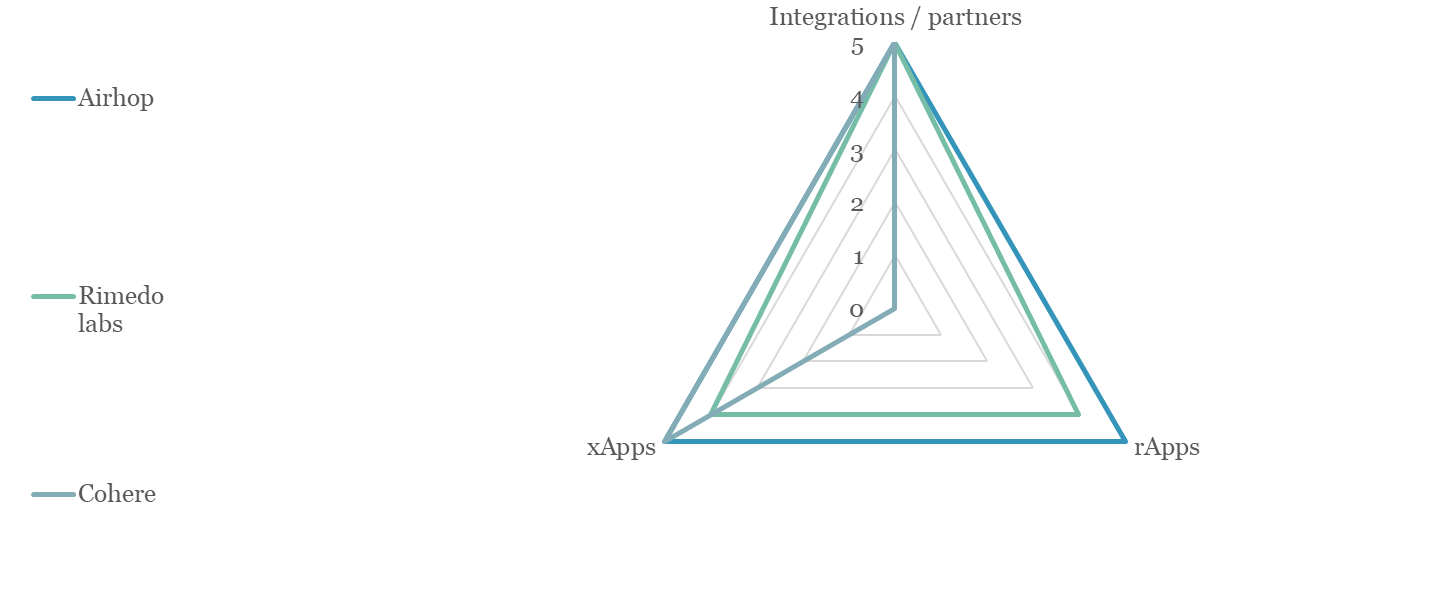As I saw the latest announcements from
GSMA,
Telefonica and
Deutsche Telekom, as well as the asset
impairment from Ericsson on Vonage's acquisition, I was reminded of the call
I was making three years ago for the creation of operators platforms.
One one hand, 21 large operators (namely, America Movil, AT&T, Axiata, Bharti Airtel, China Mobile, Deutsche Telekom, e& Group, KDDI, KT, Liberty Global, MTN, Orange, Singtel, Swisscom, STC, Telefónica, Telenor, Telstra, Telecom Italia (TIM), Verizon and Vodafone) within the GSMA launch an initiative to open their networks to developers with the launch of 8 "universal" APIs (SIM Swap, Quality on Demand, Device Status, Number Verification, Simple Edge Discovery, One Time Password SMS, Carrier Billing – Check Out and Device Location).
Additionally, Deutsche Telekom was first to pull the trigger on the launch of their own gateway "MagentaBusiness API" based on Ericsson's depreciated asset. The 3 APIs launched are Quality-on-demand, Device Status – Roaming and Device Location, with more to come.
Telefonica, on their side launched shortly after DT their own Open Gateway offering with 9 APIs (Carrier Billing, Know your customer, Number verification, SIM Swap, QOD, Device status, Device location, QOD wifi and blockchain public address).
On the other hand, Ericsson wrote off 50% of the Vonage acquisition, while "creating a new market for exposing 5G capabilities through network APIs".
Dissonance much? why are operators launching network APIs in fanfare and one of the earliest, largest vendor in the field reporting asset depreciation while claiming a large market opportunity?
The move for telcos to exposing network APIs is not new and has had a few unsuccessful aborted tries (GSMA OneAPI in 2013, DT's MobiledgeX launch in 2019). The premises have varied over time, but the central tenet remains the same. Although operators have great experience in rolling out and operating networks, they essentially have been providing the same connectivity services to all consumers, enterprises and governmental organization without much variation. The growth in cloud networks is underpinned by new generations of digital services, ranging from social media, video streaming for consumers and cloud storage, computing, CPaaS and IT functions cloud migration for enterprises. Telcos have been mostly observers in this transition, with some timid tries to participate, but by and large, they have been quite unsuccessful in creating and rolling out innovative digital services. As Edge computing and Open RAN RIC become possibly the first applications forcing telcos to look at possible hyperscaler tie-ins with cloud providers, it raises several strategic questions.
Telcos have been using cloud fabric and porting their vertical, proprietary systems to cloud native environment for their own benefit. As this transition progresses, there is a realization that private networks growth are a reflection of enterprises' desire to create and manage their connectivity products themselves. While operators have been architecting and planning their networks for network slicing, hoping to sell managed connectivity services to enterprises, the latter have been effectively managing their connectivity, in the cloud and in private networks themselves without the telcos' assistance. This realization leads to an important decision: If enterprises want to manage their connectivity themselves and expand that control to 5G / Cellular, should Telcos let them and if yes, by what means?
The answer is in network APIs. Without giving third party access to the network itself, the best solution is to offer a set of controlled, limited, tools that allow to discover, reserve and consume network resources while the operator retains the overall control of the network itself. There are a few conditions for this to work.
The first, is essentially the necessity for universal access. Enterprises and developers have gone though the learning curve of using AWS, Google cloud and Azure tools, APIs and semantic. They can conceivably see value in learning a new set with these Telco APIs, but wont likely go through the effort if each Telco has a different set in different country.
The second, and historically the hardest for telcos is to create and manage an ecosystem and developer community. They have tried many times and in different settings, but in many cases have failed, only enlisting friendly developers, in the form of their suppliers and would be suppliers, dedicating efforts to further their commercial opportunities. The jury is still out as to whether this latest foray will be successful in attracting independent developers.
The third, and possibly the most risky part in this equation, is which APIs would prove useful and whether the actual premise that enterprises and developers will want to use them is untested. Operators are betting that they can essentially create a telco cloud experience for developers more than 15 years after AWS launched, with less tools, less capacity to innovate, less cloud native skills and a pretty bad record in nurturing developers and enterprises.
Ericsson's impairment of Vonage probably acknowledges that the central premise that Telco APIs are desirable is unproven, that if it succeeds, operators will want to retain control and that there is less value in the platform than in the APIs themselves (the GSMA launch on an open source platform essentially directly depreciates the Vonage acquisition).
Another path exist, which provides less control (and commercial upside) for Telcos, where they would host third party cloud functions in their networks, even allowing third party cloud infrastructure (such as Amazon Outpost for instance) to be collocated in their data centers. This option comes with the benefit of an existing ecosystem, toolset, services and clients, just extending the cloud to the telco network. The major drawback is that the telco accepts their role as utility provider of connectivity with little participation in the service value creation.
Both scenarios are being played out right now and both paths represent much uncertainty and risks for operators that do not want to recognize the strategic implications of their capabilities.


















